What are different IPv6 Address Types?
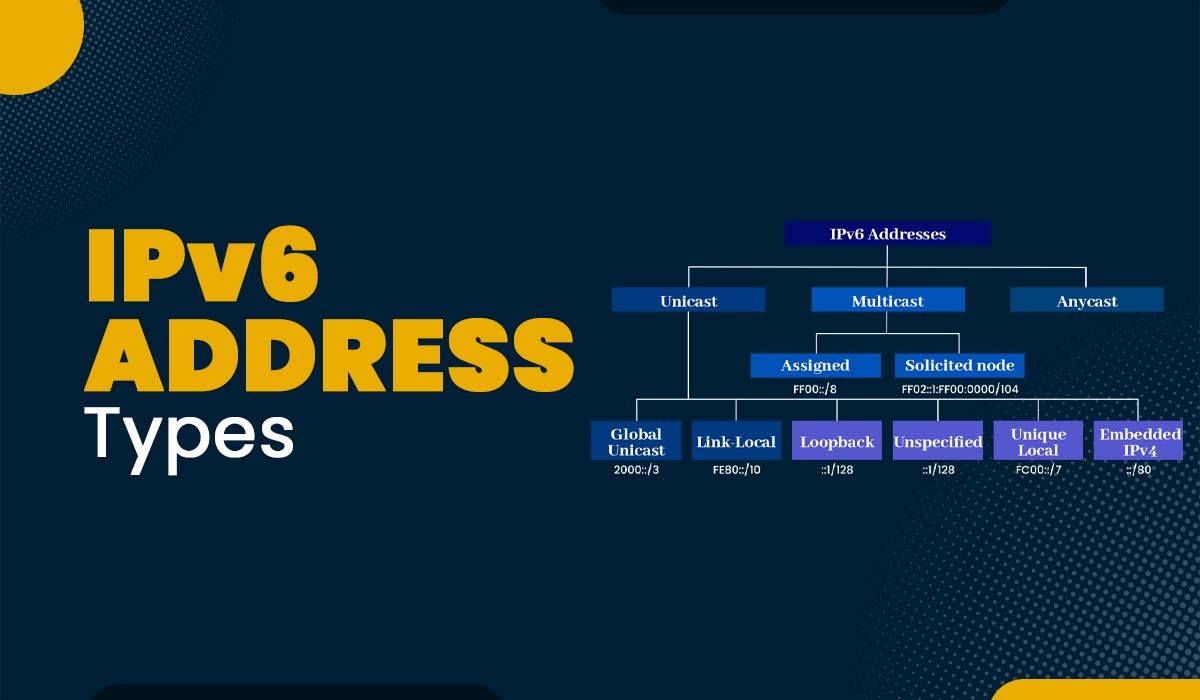
The Internet Protocol (IP) address provides a unique identifier that is allocated to each device that is connected to the Internet. It allows communication and information sharing among multiple devices. IPv4 has a limit of 4.3 billion addresses. This limit, however, has been reached and depleted as more and more devices are connected to the Internet, especially with the growth of the Internet of Things (IoT). That’s where IPv6 comes into action. It can handle 340 undecillion (10^36) addresses, an excellent development for the internet’s future expansion and use. It also provides enhanced network administration and security features. As more and more devices connect to the internet, IPv6 will be required to keep everything running smoothly. However, there are various IPv6 address types available. Before getting into the details of different types of IPv6 addresses, let’s first understand the IPv6 addressing. IPv6 addresses are encoded using a 128-bit format, which allows the identification of all of the interfaces and groups of interfaces belonging to a device. An example of an IPv6 address is 2401:4900:1f2f:6a2a:4f6c:8b27:414:91ff It is important to note that the IPv6 address types are mainly assigned to interfaces rather than nodes. It is also possible to allocate several IPv6 addresses of different types to the same interface. Below we have shown the host’s IPv6 configuration. We have a basic understanding of IPv6 addressing. Now we will understand different types of IPv6 addresses. This will assist you in understanding the functioning of the Internet as well as how various devices interact with one another. Let’s Begin! An IPv6 address can be classified into three categories. These are: The mode of communication is determined by the source’s preference for the destination. Example: You can see how these three IPv6 Address Types are further broken down into subgroups in the image. IPv6 unicast addresses function in the same way as IPv4 unicast addresses. A unicast address is a unique identifier for a single network interface. When a packet is transmitted to a unicast address, it is specifically directed to the interface associated with that address for delivery. Unicast addresses consist of two separate parts: a 64-bit network prefix employed for routing purposes and a 64-bit interface identifier utilized to identify a network interface belonging to a host uniquely. It is also a type of one-to-one communication. The unicast address is further divided into six types. Below we have explained every unicast address type in detail. When a device that is enabled with IPv6 to connect to the Internet, it requires an address that is unique over the Internet. The address utilized for this objective is the global unicast address. It is similar to a public IPv4 address. It is assigned with the prefix 2000::/3. The global routing prefix identifies the address range assigned to a site. This section of the address follows a strict hierarchy and is assigned by authoritative sources like international registry services and ISPs. The subnet ID is used to identify a connection inside a site. One can use Multiple subnet IDs for a single connection. A site’s local administrator assigns this portion of the address. The interface ID is a unique identifier for an interface on a single host or node inside a certain subnet. IPv6 subnets are always in the form /64 since the interface ID is always 64 bits. IPv6 eliminates the challenges associated with Network Address Translation (NAT) and subnet mask configurations. Link-local unicast addresses are automatically assigned to devices using a special range of IP addresses that are not routable on the internet using the prefix FE80::/10. As shown in the figure, the first 10 bits are always set to 1111111010 and the following 54 bits to 0. The link-local address is mainly used by: They are utilized by a network node to transmit an IPv6 packet to its own address. The functionality of an IPv6 loopback address is similar to that of an IPv4 loopback address (127.0.0.1). Loopback addresses are not routable. It is used for testing and troubleshooting network connectivity and accessing local services without going through the network. It is represented by ::1/128. When no address is given, the unspecified address (0:0:0:0:0:0:0 or ::) is used. It’s the same as the IPv4 default address, 0.0.0.0. When an unique address has yet to be identified, the unspecified address is sometimes used as the sender’s address. It is mainly used as a placeholder when an IPv6 address is unavailable or irrelevant, such as when initializing a network interface or performing the neighbor discovery protocol. This IPv6 address is used by an enterprise organization with several locations and wants to utilize IPv6 addresses for communication. It is defined in IETF RFC 4193 and is reserved in the range of FC00::/7. ULAs are not routable on the global internet and are intended for private communication. Let’s understand the above image. There is already a massive number of devices on the Internet that need an IPv4 address, and it will take a long time to transition everyone over to IPv6. IPv6 supports IPv4 compatibility via the use of embedded IPv4 addresses. An IPv4 address consists of 32 bits, with the first 96 bits set to zero. Using the diagram below as a guide, we can convert IPv4 addresses to their corresponding IPv6 addresses. In situations where a source device intends to transmit a packet to multiple destinations simultaneously, multicast addresses are appropriate for allowing such communication. Multicast addresses, such as video conferencing, online gaming, and streaming media, are used for one-to-many communication. When data is delivered to a multicast address, a copy of that data is distributed to all receivers. Below we have shown you some examples of IPv6 multicast addresses. We have discussed the Multicast Address, now let’s understand its types. A solicited-node multicast address is a special type of IPv6 address that is used for neighbor discovery and duplicate address detection. It is formed by appending the last 24 bits of an IPv6 unicast or anycast address to the prefix FF02:0:0:0:0:1:FF00::/104. A solicited-node multicast address allows a node to send a single Neighbor Solicitation message to the multicast group of potential neighbors, rather than sending multiple unicast messages to each neighbor. A multicast address combines the low-order 24 bits of an address (unicast or anycast) with the prefix FF02:0:0:0:1:FF00::/104. When sending a message to some but not all members of a group, anycast addressing is utilized. The most accessible member in the group is usually the one who receives the message. Anycast addresses are often used on geographically-targeted websites like Google. If you’re accessing the Internet from India, for instance, the router will direct your query to Google’s data centers in that country. All incoming connection requests are distributed across many data centers using anycast network routing. When queries are made to an IP address connected to the network, anycast networks utilize some prioritizing technique to distribute the data. We have covered IPv6 address types in detail. IPv6 uses 128-bit addresses, which means that there are 2^128 unique addresses. This is equivalent to about 3.4 x 10^38 addresses, or roughly 340 undecillions. IPv6 addresses are the new standard for internet communication. They have several advantages over the older IPv4 addresses, such as: All 3 IPv6 addresses are used to connect to the network differently. And one of them is used explicitly for the transition of IPv4 addresses to IPv6 addresses. IPv6 is the latest Internet Protocol (IP) version that provides an identification and location system for computers on networks and routes traffic across the Internet. There are three main types of IPv6 addresses: unicast, anycast, and multicast. IPv6 address types are designed to provide more flexibility and functionality than IPv4 addresses. In order to prepare for the future, major service providers, including Facebook, Apple, British Telecom, Microsoft, Comcast, and a few others, are actively working to make their networks and services IPv6 compatible. This blog has covered different types of ipv6 addresses and their basic explanation.Introduction
What is IPv6 addressing?
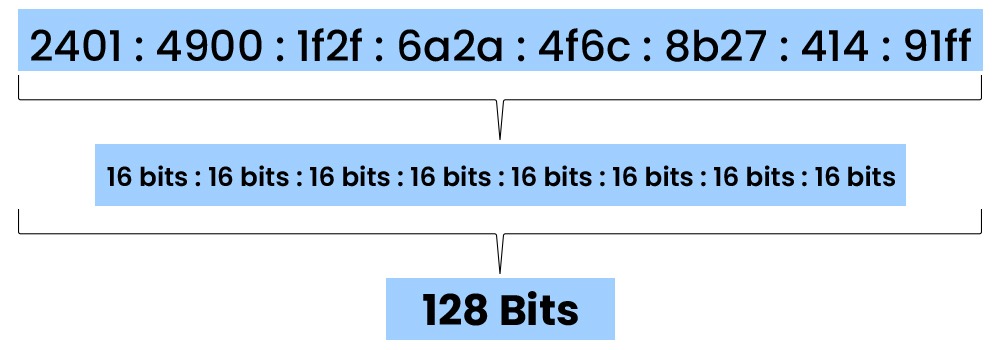

IPv6 Address Types
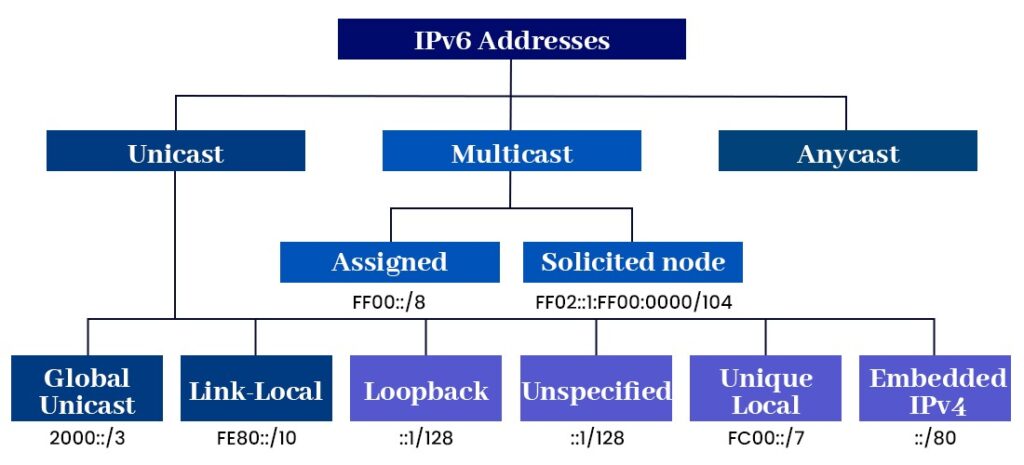
Unicast Address
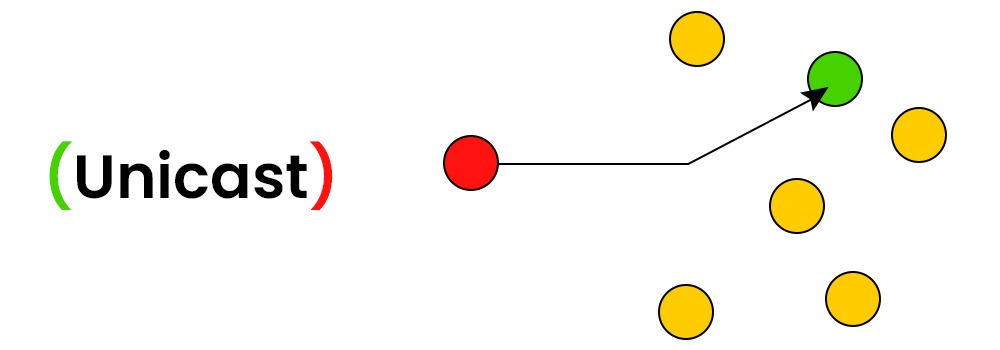
1. Global Unicast Address (GUA)
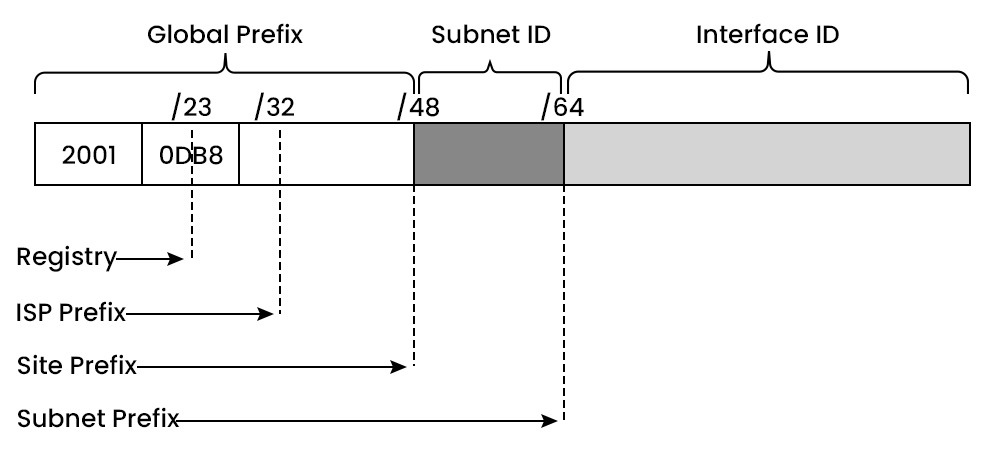
2. Link-Local Address

3. Loopback Address
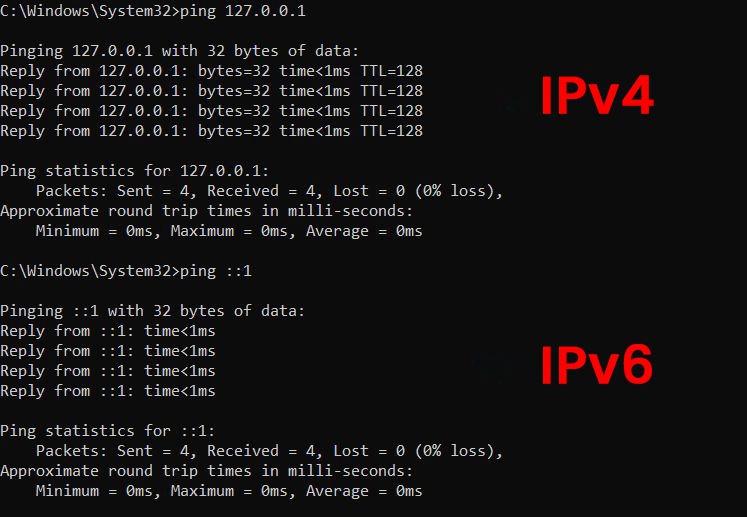
4. Unspecified Address
5. Unique Local Address

6. Embedded IPv4 Address
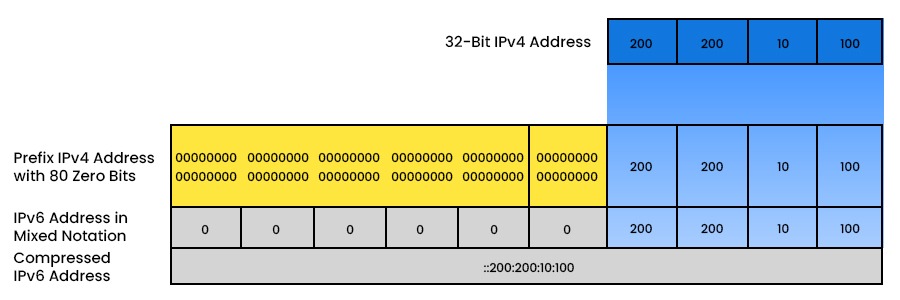
Multicast Address
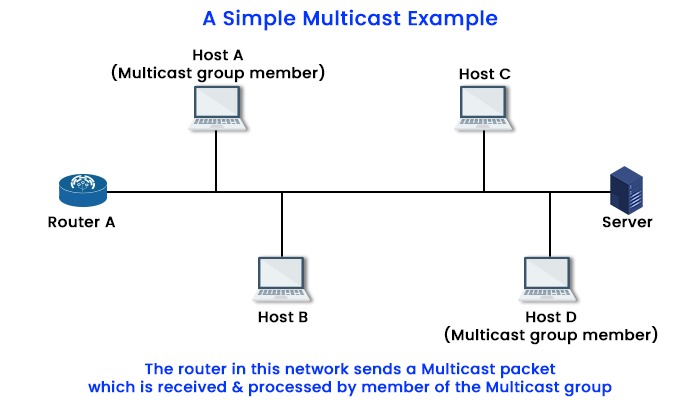
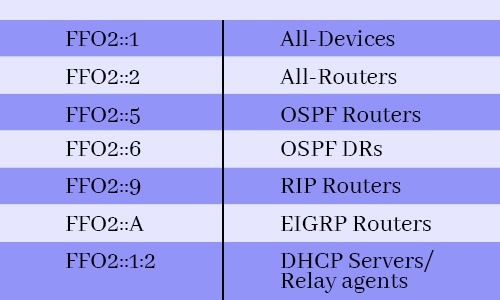
1. Solicited-node multicast address
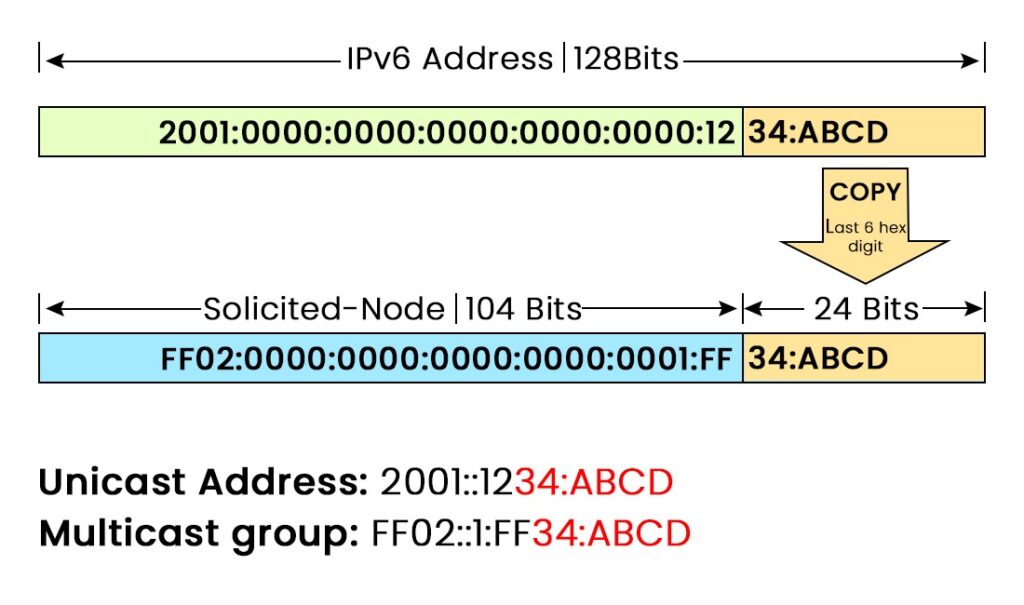
Anycast Address
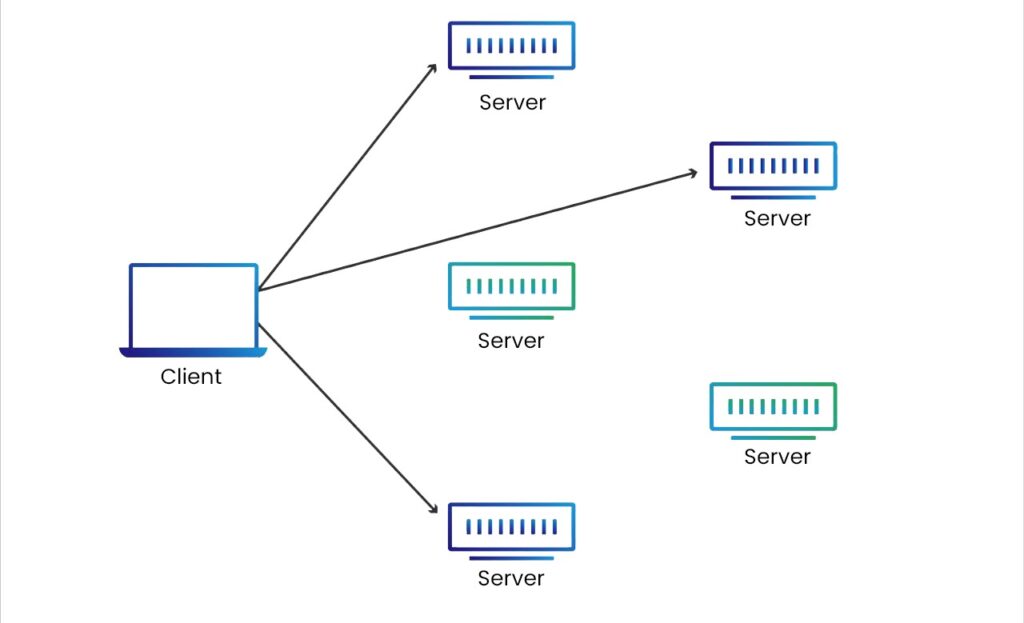
Frequently Asked Questions
Q1 – How many different IPv6 addresses are there?
Q2 – What is different about IPv6 addresses?
Q3 – Why are there 3 IPv6 addresses?
Q4 – What is IPv6 and its types in computer networks?
Conclusion







